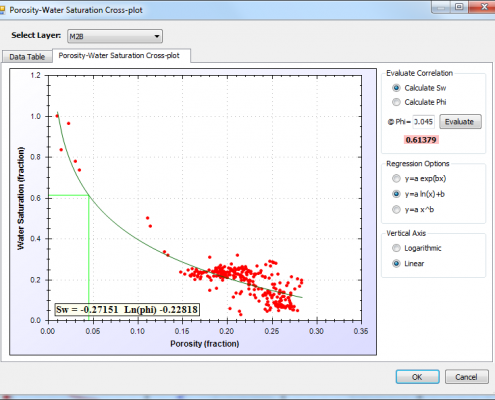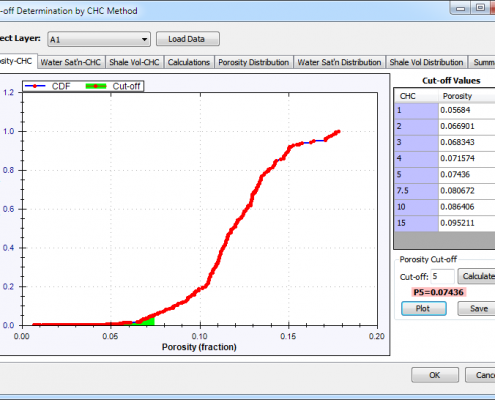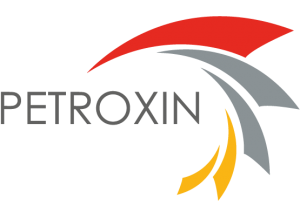PeRET: Petroxin Reservoir Engineering Toolkit
Reservoir engineers usually store reservoir and wells’ data in Microsoft Excel spreadsheets for further analysis. These spreadsheets suffer from lack of a standard format and therefore, cannot be transferred or interchanged between different platforms or disciplines. When the number of wells increases, more log, core, well test, production rate and event data will be available and managing huge sets of data will be even more difficult.
Petroxin Reservoir Engineering Toolkit, PeRET, is a software platform for storing and managing well and reservoir data for reservoir engineering calculations and analyses. PeRET can be used for managing data on the basis of wells, layers, and reservoirs as follows:
Well Data:
- Completion diagram
- Petrophysical log evaluations
- RCAL data
- SCAL data
- Production log and rate contributions
- Completion/workover well events
- Production/injection rates
- Static and flowing pressure surveys
- Well test data
- Fluid PVT data
- Temperature surveys
- Lithology
- Well trajectory
Reservoir Data:
- In-place fluid volumes
- Total production/injection rates
- UGC maps
- Bubble maps
- Average petrophysical properties
- Average fluid properties



